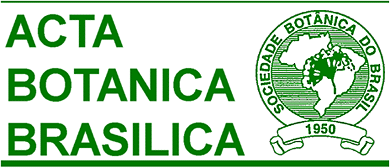Resumo em Português:
As sementes do gênero Solarium L. são relativamente muito semelhantes, no entanto, a associação de características morfológicas externas da semente com as características anatômicas, como a forma do hilo, a textura e o tipo de esculturas da superfície do tegumento, bem como a forma do embrião curvo (circulado ou espiralado), são características da maior importância na identificação taxonómica à nível de espécie. São apresentadas ilustrações, chaves dicotômicas e descrições morfológicas do gênero Solarium e descrição detalhada das plántulas e das sementes de Solanum aculeatissimum Jacq., S. americanum Mill., S, ciliatum Lam., S. sisymbriifolium Lam., S. sordidum Sendt. e S. viarum Dunal. São apresentados, também, o nome vulgar, o tipo de reprodução e disseminação, as culturas nas quais é considerada invasora e as sementes agrícolas onde ocorre como "impureza".
Resumo em Inglês:
Morphological caracterization of the seeds and seedlings of six weed especies of the genus Solanum L. The seeds of the genus Solanum are very similar, however, the association of their external characteristics with the anatomical features, such as hilum shape, the texture and the type of the seed coat sculptures, as well as the curved (circulated or coiled) shape of the embryo, are parameters of great importance in the taxonomical identification at the species level. It is are presented the morphological descriptions of the genus Solanum and a more detailed description of each studied species in terms of seed and seedling structures, including illustrations and taxonomical keys for the identification of Solanum aculeatissimum Jacq., S. americanum Mill., S. ciliatum Lam., S. sisymbriifolium Lam., S. sordidum Sendt. e S. viarum Dunal. There are also indications of the common names, the type of reproduction and dispersion, the crops in which the species is considered as a weed and the agricultural seeds in which it is found as a weed seed.
